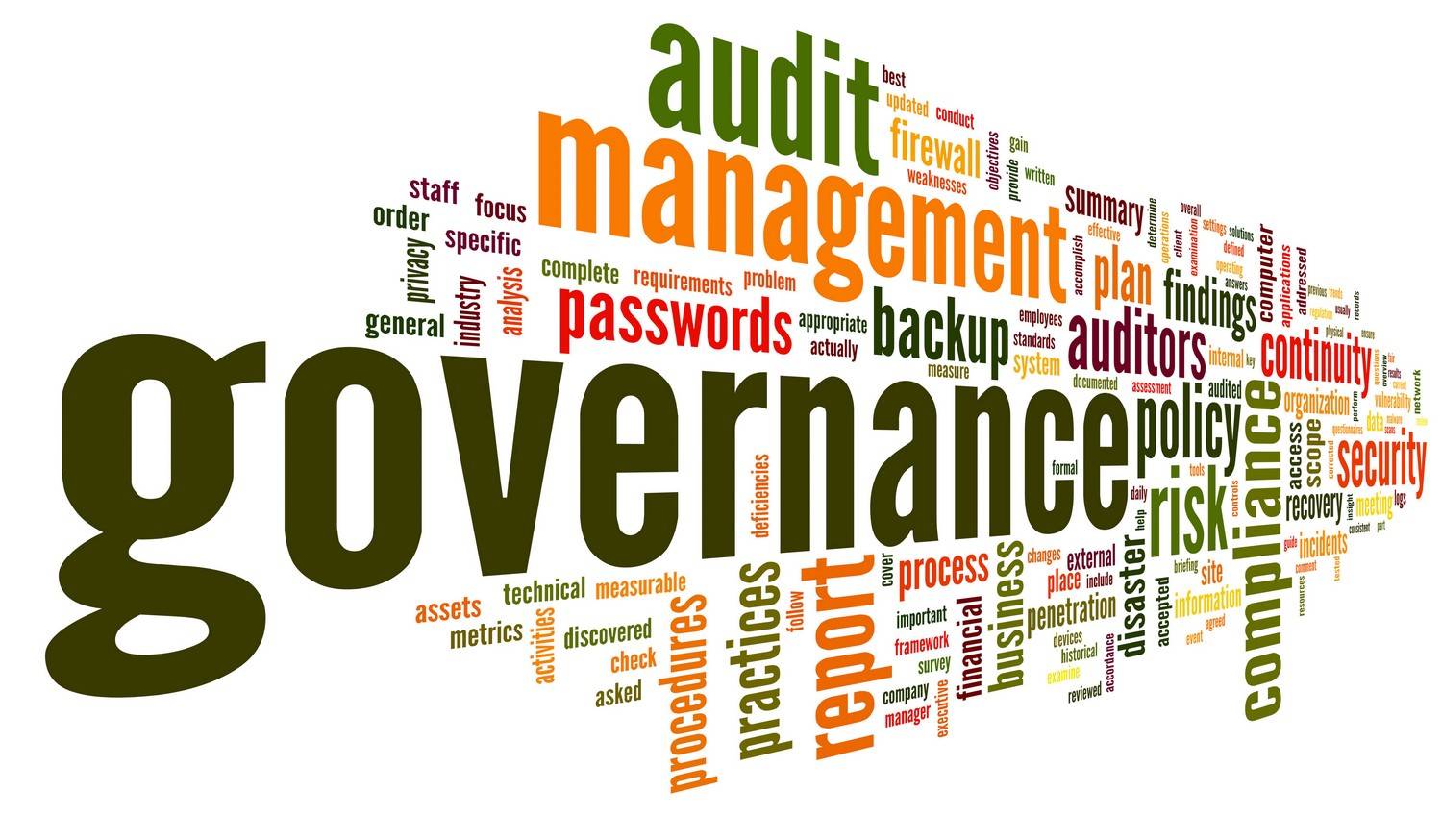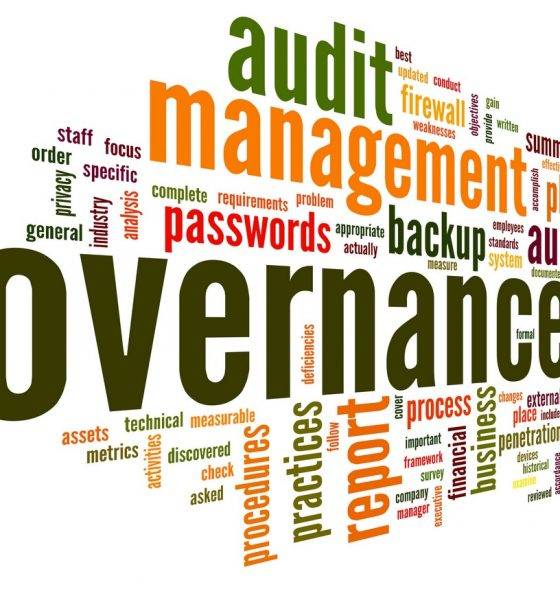

Technology
Industry Research discovers immense advancement in Data Governance, but Major Challenges in Data Quality Remain
2017 DCAM Data Management Benchmarking Study Spotlights Progress and Identifies Key Challenges
Four years after the release of the Principles of Risk Data Aggregation by the Basel Committee on Banking Supervision, the financial industry still faces challenges in fully establishing a “control environment” for data management, according to the EDM Council’s 2017 Data Management Benchmarking Survey Report.
The biennial study, produced in collaboration with industry leader Sapient Consulting and Pellustro, the DCAM assessment platform developed by boutique strategy firm Element22, found progress toward setting up enterprise-wide data management programs and implementing data governance. However, it also highlights several key areas where industry capabilities lag in meeting the requirements set out by global regulators and market authorities.
The survey covers 22 of the most essential concepts extracted from the EDM Council’s Data Management Capability Assessment Model (DCAM), and received responses from over 150 financial institutions. DCAM represents industry-standard criteria for measuring data management capability. Many financial institutions use it as a framework to establish new data management programs and benchmark progress.
Highlights and key findings include:
- Establishing the Program: Data management as a core part of the way financial institutions operate is growing, but not fully entrenched. There has been some advancement in establishing a true “data management culture,” particularly among G-SIBs and Tier 1 buy-side firms. Over 70% of the industry, and 90% of G-SIBs, now have a Chief Data Officer.
- Governance Implementation: The industry has made substantial progress in establishing foundational governance, defining organizational structures, implementing data stewardship and implementing operational policy. Fifty-five percent of G-SIBs report substantial progress in appointing data owners and stewards with direct responsibility for data management.
- Content Infrastructure: Work is underway on defining lineage, managing critical data and implementing data management glossaries. This is the core building block for meeting the regulatory goals of harmonized data necessary for linked risk analysis, but progress has been slow to mature. Only 8% of the industry has achieved the harmonization of meaning of data across all internal repositories.
- Data Quality: The industry is still mired in manual reconciliation of data and mapping from physical repositories to applications and reports. Trust and confidence in the data used for regulatory reporting and business analytics remains an elusive goal of these data management programs. Just 13% of the industry has achieved the definition and implementation of control procedures for managing data quality.
- Organizational Collaboration: There is a growing understanding of data as a shared resource and timely progress in managing the collaboration between data, information technology, business applications and control functions such as information security and privacy. Forty-three percent of the industry reports strong and growing collaboration across IT, operations, control functions and lines of business as they gear up for data management integration.
“There are clearly some bright spots for the practice of data management,” said Michael Atkin, Managing Director of the EDM Council. “We’ve made progress in establishing the organizational frameworks, but we still have a way to go in fixing the underlying data challenges that are needed to respond to regulatory requests and innovate in service to customers.”
“The increased interest in analytics, driven by regulatory requirements, shows the shift in thinking and the industry’s desire to deliver successful data lineage programs,” said Gavin Kaimowitz, Senior Director, Global Data Management Practice Lead at Sapient Consulting. “While lineage is the second highest priority among respondents, more work is required to move from the late conceptual stage, to a fully fledged program that will undoubtedly deliver significant data quality, provenance and transparency benefits.”
“With any business transforming activities, the adoption of policies, standards and best practices follows the implementation,” said Predrag Dizdarevic, Partner at Element22. “The industry has implemented governance capabilities, but needs to establish measurement of policy adherence, program maturity and data quality to ensure continued success.”















